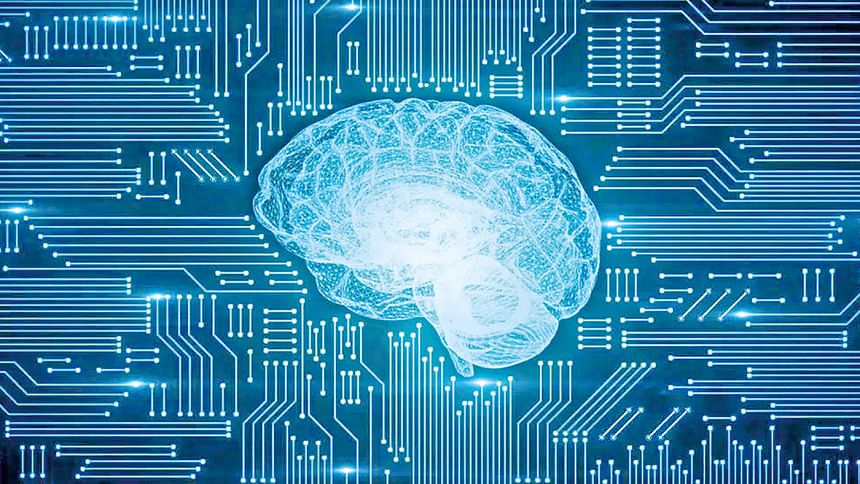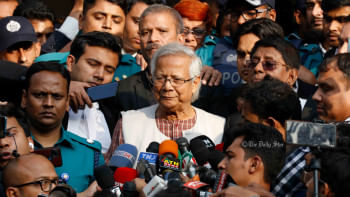AI and Copyright Law

Remember when computer was simply a tool to help humans be more productive? Those quaint days are gone. Now, machines powered by artificial intelligence (AI) actively create - art works, literature, and music that display imagination and inspiration comparable to humans. From deepfakes to dystopian poems, AI algorithms churn out novel content by studying and mimicking patterns in vast datasets. Some AIs like DALL-E 2 and GPT-3.5 even converse intelligibly. We have entered into an era where the machine is the creator.
This transformation strains traditional copyright law, exposing gaps that demand urgent fixes. At its core, copyright grants protections to original works of human authorship like books, films, and software. It incentivises creativity by giving rights holders the exclusive ability to reproduce, distribute, display, or adapt their works. But can an intelligent machine qualify as an "author"? If AI autonomously generates music, art or inventions, who owns the rights - the programmer, the user, or the algorithm itself? These complex questions ricochet through courtrooms as inevitably, legal battles erupt over AI outputs. In the recent US case Thaler v US Copyright Office, an AI system named DABUS was rejected for copyright over creating a digital artwork because current law requires human authorship. However, as AI creativity advances, denying copyright protection may stifle innovation by creators of generative AI. The spectre of rampant piracy of AI works also looms if rights are unclear.
The fundamental conflict is how to strike a balance between society's desire to benefit from AI's products and the need to provide incentives for the development of more sophisticated algorithms. But there are middle paths between open access and overzealous rights restrictions. In the Europe, database rights protect data collections like phone directories that involve effort but minimal creativity. Similar "neighbouring rights" tailored for AI outputs could be viable. However, criteria like minimum creative effort may be needed to avoid a copyright land grab on trivial AI works. Another thorny issue is potential copyright infringement by AI systems. The recent lawsuit by Getty Images against AI startup Stability AI argued that Stability's image generator copied and processed millions of Getty's photos without permission during training. However, the extent to which this qualifies as fair use for machine learning remains hotly contested. Similarly, if AI like GPT-3.5 generates content resembling copyrighted poems or lyrics, it risks allegations of infringement.
Defining the lawful use of copyrighted works for AI training data is crucial. Again, compromises like permitting circumscribed uses of data to develop non-commercial AI may balance interests. Encrypting training data can also limit risks. There have been calls for copyright exceptions to enable text and data mining for bona fide machine learning research. However, given AI's vast capacity to rapidly generate high value works derived from copyrighted sources, boundaries of fair use need rethinking. Guarding against abusive applications of AI that infringe on rights is pivotal. Generative models that can churn out cheap AI knockoffs of hit songs, bestsellers, or box office formula films threaten creators' livelihoods. Expanding the arsenal against infringement by recognizing AI's agency in lawsuits and employing blockchain or watermarking to audit distribution and creation pipelines can help stem misuse. But overbearing surveillance may stymie lawful creativity. Curbing harmful scenarios requires international consensus on what constitutes responsible AI innovation versus destructive ends.
AI is both empowering and perilous. Our task is forging a balanced copyright framework that nurtures AI's creative potential while protecting rights holders and the public good. This calls for nuanced open-mindedness, not reactionary resistance nor precipitous overhauls of copyright itself. Achieving equilibrium hinges on inclusive dialogue between creators, tech innovators, ethicists, social scientists, governments, and civil society to illuminate challenges and spur measured reforms.
The writer is student of law, North South University

 For all latest news, follow The Daily Star's Google News channel.
For all latest news, follow The Daily Star's Google News channel. 




Comments